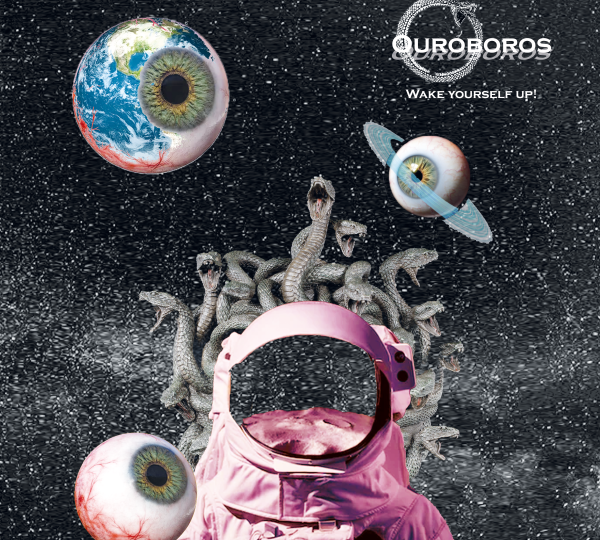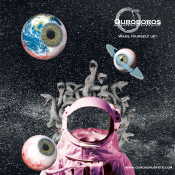
What Is Meme Marketing and Why Does It Work?
In the age of scrolls, swipes, and screenshots, memes have evolved from inside jokes to one of the most effective forms of digital communication. They’ve also become a powerful tool for modern brands — giving rise to a fast-growing tactic: meme marketing.
But what makes memes so effective in communication and persuasion? Why are brands of all sizes embracing them in their marketing playbooks?
Let’s explore the evolution and impact of memes in today’s digital marketing landscape.
What Is a Meme?
The term meme was first introduced by evolutionary biologist Richard Dawkins in 1976. He described it as a “unit of cultural transmission” — an idea that spreads and evolves across minds in a society.
In today’s context, memes are humorous, shareable visuals or phrases that carry cultural and emotional meaning. They spread rapidly across platforms, adapting to trends, communities, and cultural shifts.
This viral nature — rooted in collective experience and recognition — is what makes memes so effective for brands.
From Internet Humor to Marketing Tool
Memes began as online jokes but quickly evolved into a social communication tool. Media scholar Limor Shifman emphasized their role as “units of popular culture circulated, imitated, and transformed by internet users.”
Unlike traditional ads, memes invite participation. They allow people to adapt the message, making them feel involved in the storytelling. This two-way interaction helps brands build authentic connections.
Since around 2015, marketers began viewing memes not just as trends but as tools for audience engagement, relatability, and organic visibility.
Why Do People Share Memes?
Several studies and surveys agree on a few key reasons:
- Emotional connection: Memes evoke humor, nostalgia, or a shared struggle.
- Social currency: Sharing memes helps people express identity and feel part of a group.
- Simplicity: Content that’s emotionally arousing and easy to understand spreads faster — as shown in Jonah Berger’s viral content research.
Memes combine minimalist design with deep meaning, making them ideal for today’s short attention spans. This balance of speed and substance is central to their power.
When Did Brands Start Using Memes?
Brands truly began to integrate memes into their strategies in the mid-2010s. A study by Katsaounidou and colleagues highlighted how memes became part of broader digital storytelling frameworks.
The trend accelerated after the COVID-19 pandemic. As online engagement surged, audiences craved realness over perfection. Memes became the go-to content for many brands seeking to stay relevant and responsive.
Gen Z, in particular, prefers brands that “don’t take themselves too seriously” a perfect fit for meme-based communication.
Memes are more than entertainment — they are digital cultural markers. They reflect real-time emotions, shared experiences, and subcultures. That makes them incredibly valuable for marketers.
Meme marketing, when done with care and creativity, offers a rare combination of speed, authenticity, and viral reach, all without the high costs of traditional campaigns.



